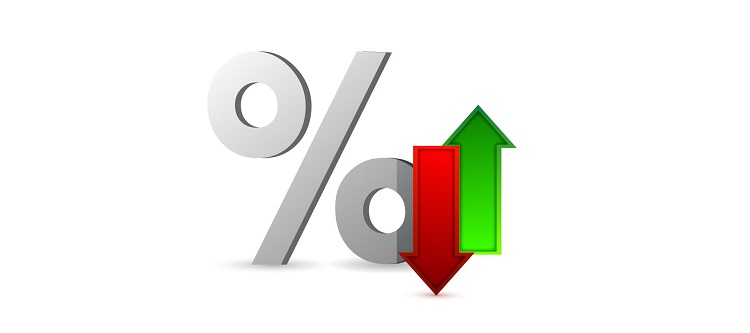Volatility reigned supreme in the second quarter, putting investors’ fortitude to a test. Stubbornly high inflation, sharp increases in interest rates, rising recession risks, ongoing geopolitical unrest, and a massive COVID-related lockdown in China pressured equities and other assets. The sharp drop in China’s economic activity not only increased the chances of a global recession, but also compounded global supply chain problems. The May Consumer Price Index (CPI) report showed inflation had not yet peaked, as the CPI rose 8.6% year-over-year, the highest reading since 1982. In response to the recent high readings, the Federal Reserve (Fed) increased interest rates twice in the quarter, for a total of 125 basis points, to a level of 1.50%-1.75%. Sticky inflation combined with the greater-than-expected rate increases sent equities into a spin, with the S&P 500 Index experiencing its worst first half of the year in decades. International equities showed more resiliency than domestic stocks, with emerging and international developed markets dropping less than US equities. Large caps fared slightly better than small caps, whereas value stocks handily outpaced growth. Despite commodities registering negative returns in the second quarter, mostly as a result of steep declines in late June, they outperformed equities by a wide margin. Within fixed income markets, most bond indices registered solidly negative returns, as still-high inflation and the prospect of faster-than-expected rate increases from the Fed weighed on most fixed income sectors. In response to a hawkish Fed and elevated CPI readings, Treasury yields surged to levels last seen more than a decade ago, with the yield on the 2-year U.S. Treasury Note ending the quarter six basis points lower than the 10-year’s 2.98% yield. The yield curve flattened as a result, with investors worrying that the sharp increase in rates may hamper economic growth. Domestic bonds significantly outperformed their global counterparts. Long duration bonds trailed shorter duration issues, and investment grade outperformed lower-quality, higher-yielding bonds. Municipals performed better than taxable bonds, thanks in part to a positive technical and fundamental backdrop. Our portfolios posted negative absolute returns for the quarter, with the more aggressive allocations trailing relative to the more conservative strategies.
CLICK HERE TO READ FULL COMMENTARY FROM PMC ENVESTNET
TC128009(0822)1

